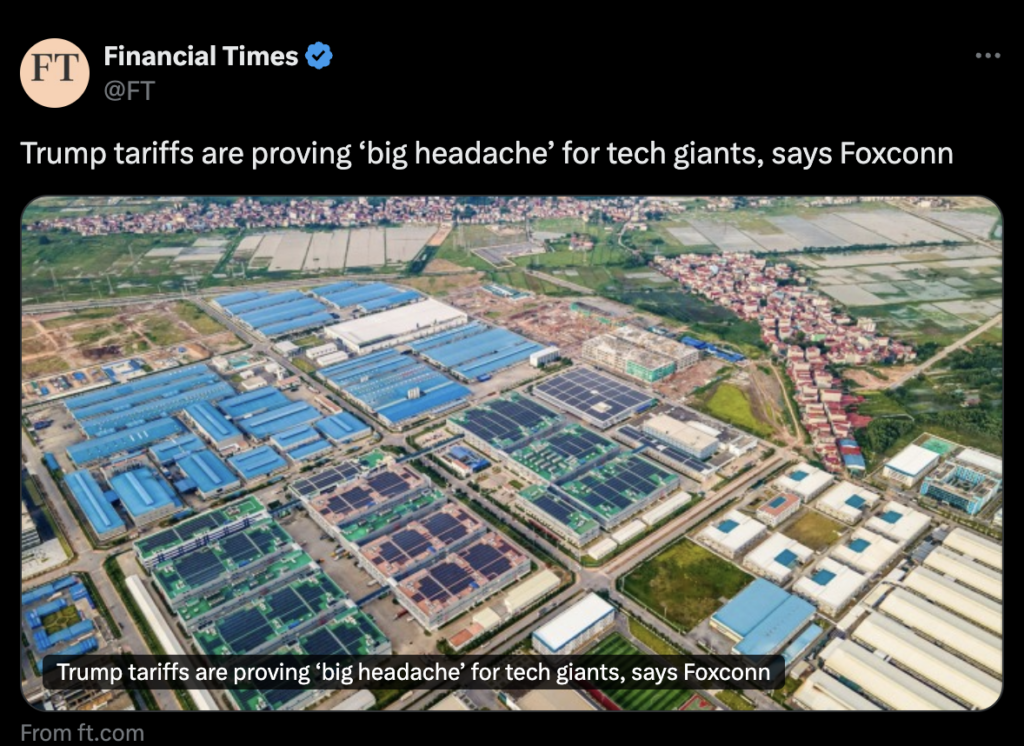
3-30 #BusyBusy : Samsung may offer 2nm-based Exynos 2600 with Galaxy S26 in 1Q26; SMIC is slated to complete its 5nm chip development; Apple will launch its foldable iPhone in 2026 with a ~USD2,000 price tag; etc.

Loop Capital analyst Ananda Baruah has said that Apple is in the process of placing orders for about USD1B in Nvidia GB300 NVL72 systems. That equates to about 250 servers at USD3.7M-4M each. Apple is working with server builders Dell Technologies and Super Micro Computer (SMCI) on its large server cluster to support generative AI applications, Baruah said. Baruah believes Apple’s strategy shift was compelled by troubles in bringing its AI-enabled Siri digital assistant to market. (Apple Insider, Investors)
Nvidia is extending its AI dominance beyond cloud computing into edge AI markets, announcing collaborations with Cisco and T-Mobile to develop AI-native 6G wireless technology. This expansion follows existing initiatives in the automotive and robotics sectors, creating both opportunities and tensions across the semiconductor industry. Nvidia and T-Mobile are expanding their AI-RAN Innovation Center to develop AI-native 6G networks further. This will integrate AI at every layer. With this partnership, both T-Mobile and NVIDIA aim to optimize spectral efficiency, improve network performance, and lower operational complexity by leveraging AI for functions like radio signal processing and network infrastructure.(Android Headlines, Nvidia, Digitimes)

Google is allegedly using a mix of in-house designed and off-the-shelf IP for Tensor G5 processor, which is to be used on Pixel 10 series. Parts of this chip are built by companies like ARM, Imagination Technologies, VeriSilicon and Synopsys. For the CPU, Google is continuing to use ARM Cortex. On the GPU side, Google has opted for an Imagination Technologies DXT. That replaces the ARM Mali GPU that Google had been using in previous Tensor chips. Google has also carried over the TPU, DSP, Audio Processor, and Memory Compressor. However, Google is ditching its own custom AV1 codec. (Android Headlines, Android Authority)
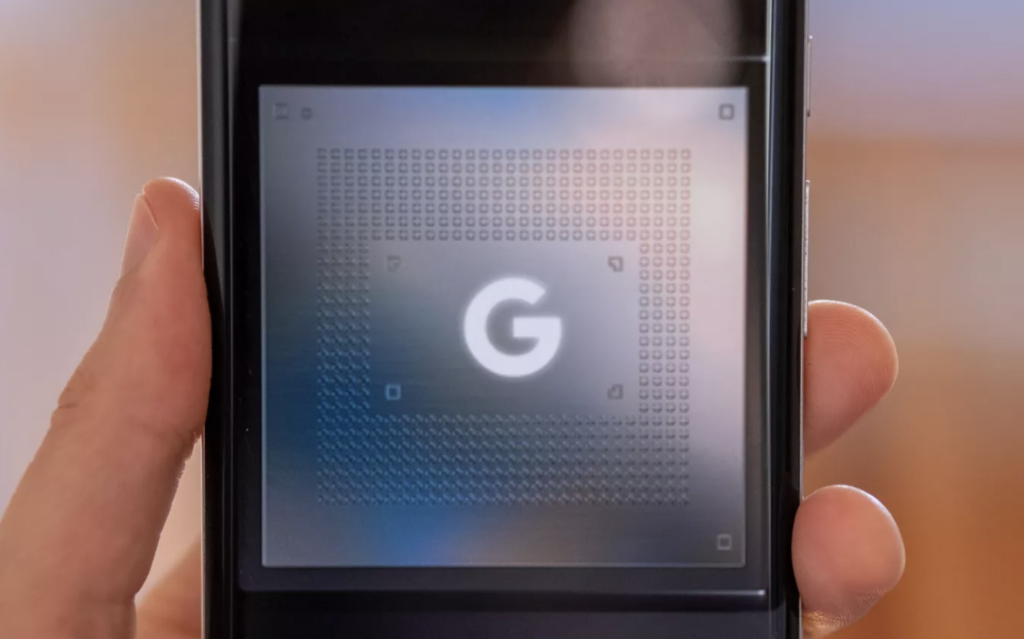
Qualcomm has announced 3 new Snapdragon Gaming processors – Snapdragon G3 Gen 3, Snapdragon G2 Gen 2 and Snapdragon G1 Gen 2. These are set to power the next generation of Android gaming handhelds. The Snapdragon G1 Gen 2 is the base-level gaming processor from Qualcomm, with the G2 sitting in the middle, and G3 being the high-end option. The Snapdragon G3 Gen 3 features eight Kryo cores, using one prime core, five performance cores, and two efficiency cores. This processor can now support up to 144Hz refresh rate and QHD+ resolution displays. It also has hardware-accelerated ray tracing, Adreno Frame Motion Engine 3.0, and Snapdragon Game Super Resolution, support included. The Snapdragon G1 Gen 2 also features eight Kryo cores. It also has an Adreno A12 GPU, which is said to be about 25% better in graphics performance. There is WiFi 5 and Bluetooth 5.1 support with an option to add the Snapdragon X61 5G modem which first debuted in 2023. The Snapdragon G2 Gen 3 has a prime core, four performance cores, and three efficiency cores. Its GPU is the Adreno A22 which is said to be about 3.8x better than the A21. It also supports up to 144Hz refresh rate and QHD+ resolution displays, with the FastConnect 7800 module onboard and an option for the X61 5G Modem.(Android Headlines, Qualcomm)
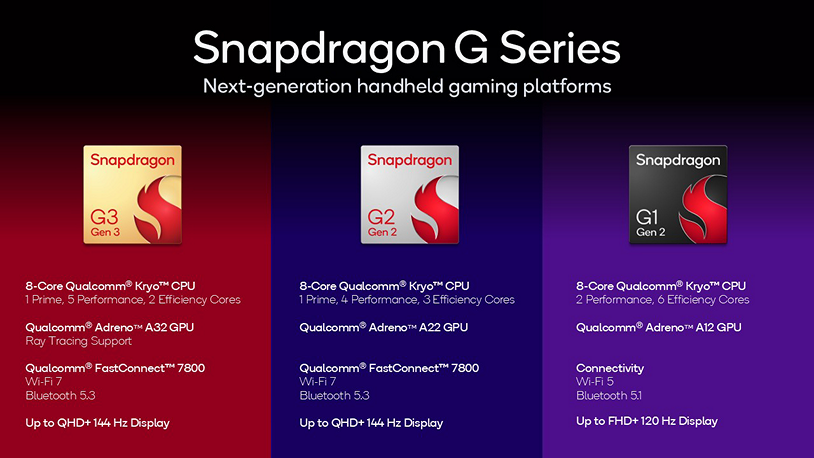
Samsung may offer 2nm-based Exynos 2600 with Galaxy S26 in 1Q26, whereas, Apple may offer 2nm-based Apple A20 with iPhone 17 in 3Q26. Samsung Foundry has made a significant progress with the 2nm fabrication process. It seems the company is doing much better with the 3nm process. The company even established a new team at Samsung Foundry with a specific focus on optimizing both the 2nm process and the Exynos 2600 chip. TF Securities analyst Ming-Chi Kuo has predicted that the iPhone 18 series will be Apple’s first devices with 2nm chips. Apple is expected to announce these handsets sometime in 2H26. It means that the iPhone 18 series with the Apple A20 series SoC will be the first to offer 2nm chips. TSMC will not be able to ready the 2nm fabrication technology for mass production before that.(Android Headlines, SamMobile, Twitter)
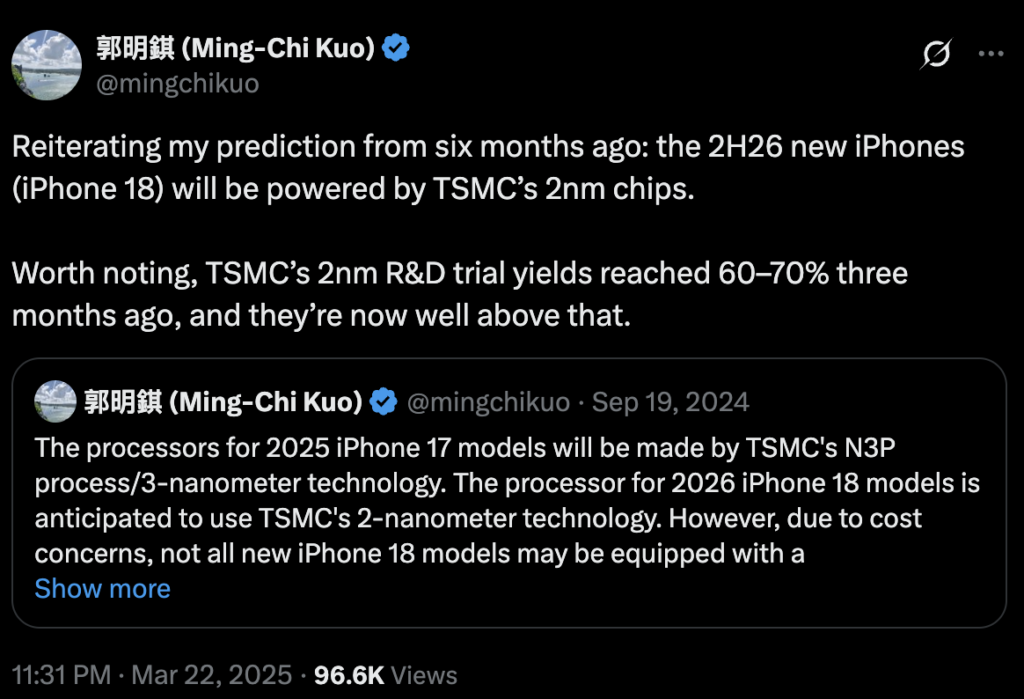
According to Kiwoom Securities, SMIC is slated to complete its 5nm chip development. SMIC reportedly plans to complete its 5nm process by 2025, a step up from the 7nm process. But without important technologies like EUV machines, such as those built by ASML, SMIC’s process costs 40-50% more than TSMC. Its yield is also around one-third. SMIC has surprised the world with its 7nm N+2 process. This helped Huawei produce its Kirin 9000S chipset, which later made its way into the Mate 60. China is still blocked from buying ASML’s EUV machines, SMIC has no choice but to rely on older DUV (deep ultraviolet) equipment. There are plans to develop its own EUV machines, with trial production kicking off in 3Q25. Local companies like SiCarrier are also already working to build homegrown EUV alternatives. (Android Headlines, Twitter, WCCFTech)
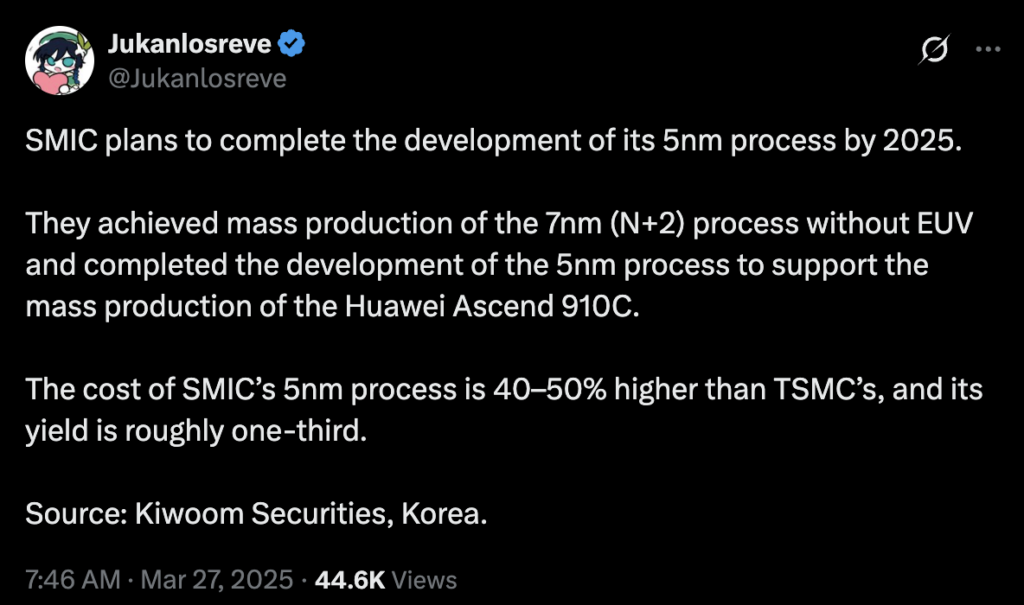

Apple will launch its foldable iPhone in 2026 with a ~USD2,000 premium price tag attached, expects Bloomberg’s Mark Gurman. According to analyst Jeff Pu, the device recently entered the New Product Introduction (NPI) phase at Foxconn, with mass production slated to begin in 2H26. The display on Apple’s first foldable will look virtually crease-free to the human eye. According to Gurman, the device will take advantage of the display, battery, modem, and chip advances that Apple has made in its development of the iPhone 17 Air, which is expected to replace the “Plus” model in Apple’s smartphone lineup in 2025. (Apple Insider, MacRumors, Bloomberg)
Apple’s first two foldable devices recently entered the New Product Introduction (NPI) phase at Foxconn, according to GF Securities analyst Jeff Pu. He said mass production of the foldable devices is slated to begin in 2H26. The analyst believes the foldable devices will enter an early prototyping stage Apr 2025. (Apple Insider, MacRumors)
Apple has filed a patent for a foldable watch, or a “wearable electronic device”, that comes with two movable display and cameras. The foldable Apple watch with cameras includes a frame with a fixed part and a movable part. The fixed part has a band attached to it, while there is a display on the movable part. This screen even has an outer display with a sensor, making it a back-to-back display. While there’s a hinge bonding the two screens, the patent of the dubbed foldable Apple watch with cameras explains that the dual screen is continuous. This means it is creaseless, as if it were just a single screen. The hinge also connects the fixed and movable parts. The movable part can rotate in different directions, one of which is at a right angle. There is another part that rotates in the same plane as the fixed part, but here, it turns in a different direction. (Apple Insider, Design Boom, Patently Apple)
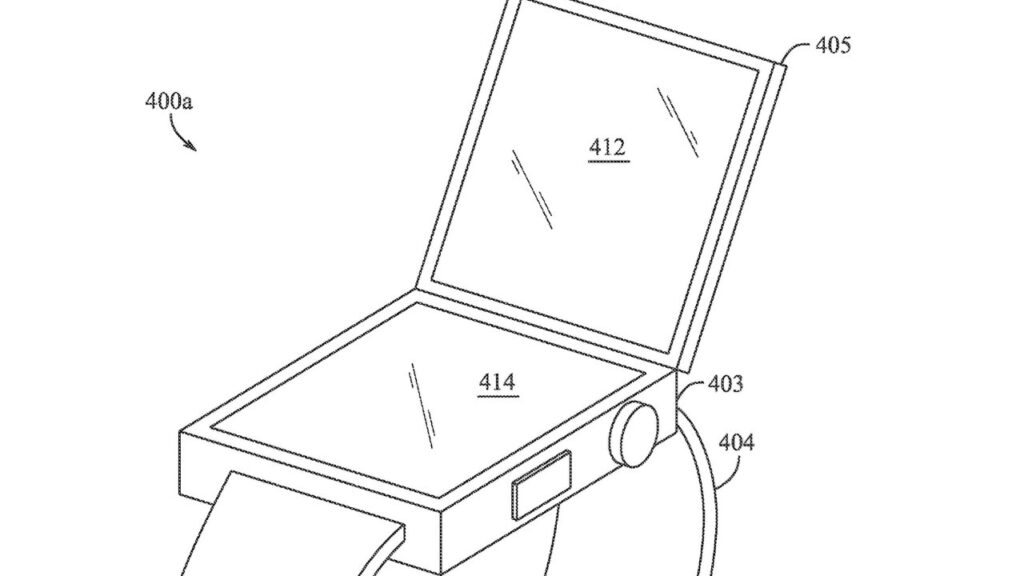

Apple has launched a second phase of its investment fund aimed at expanding clean energy production in China. The China Clean Energy Fund was first announced by Apple in 2018. It committed, along with 12 of its suppliers, USD300M in investment aimed at connecting Chinese manufacturers with renewable energy sources. The new second phase of the fund aims to add 550,000 megawatt-hours of wind and solar power generation to China’s grid. The hope is that this will grow as more investors are attracted to the fund.By 2024, the first phase of the fund had created more than 1 gigawatt of solar and wind projects across 14 of the 23 main provinces in China. (Apple, Apple Insider)


Apple is bringing higher-fidelity audio to its AirPods Max headphones in Apr 2025 the company announced. When the USD549 headphones switched to a USB-C connector in 2024, they lost support for wired audio playback — but Apple is about to rectify that with full lossless support, which even the prior Lightning model technically lacked. (Apple, The Verge, Apple Insider)
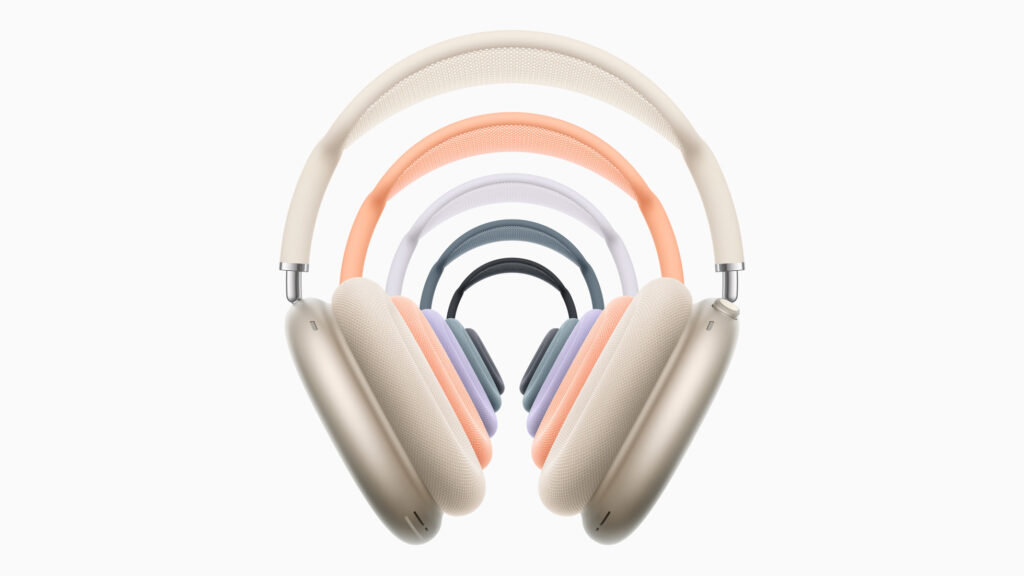
Apple is working on multiple new Apple Watch models with built-in cameras for release by 2027, according to Bloomberg’s Mark Gurman. Gurman said Apple plans to add a camera in the screen area on a future Apple Watch Series model. On a future Apple Watch Ultra, he expects the camera to be on the right side of the watch, near the Digital Crown. Gurman does not expect the cameras to enable FaceTime on the Apple Watch. Instead, he said the cameras would enable Visual Intelligence on future Apple Watch models. This feature would allow Apple Watch users to quickly receive information about items or places their surroundings. For example, they could point their Apple Watch at a restaurant to receive its hours or ratings as they pass by on the sidewalk. (Apple Insider, 9to5Mac, The Verge, MacRumors, Bloomberg)
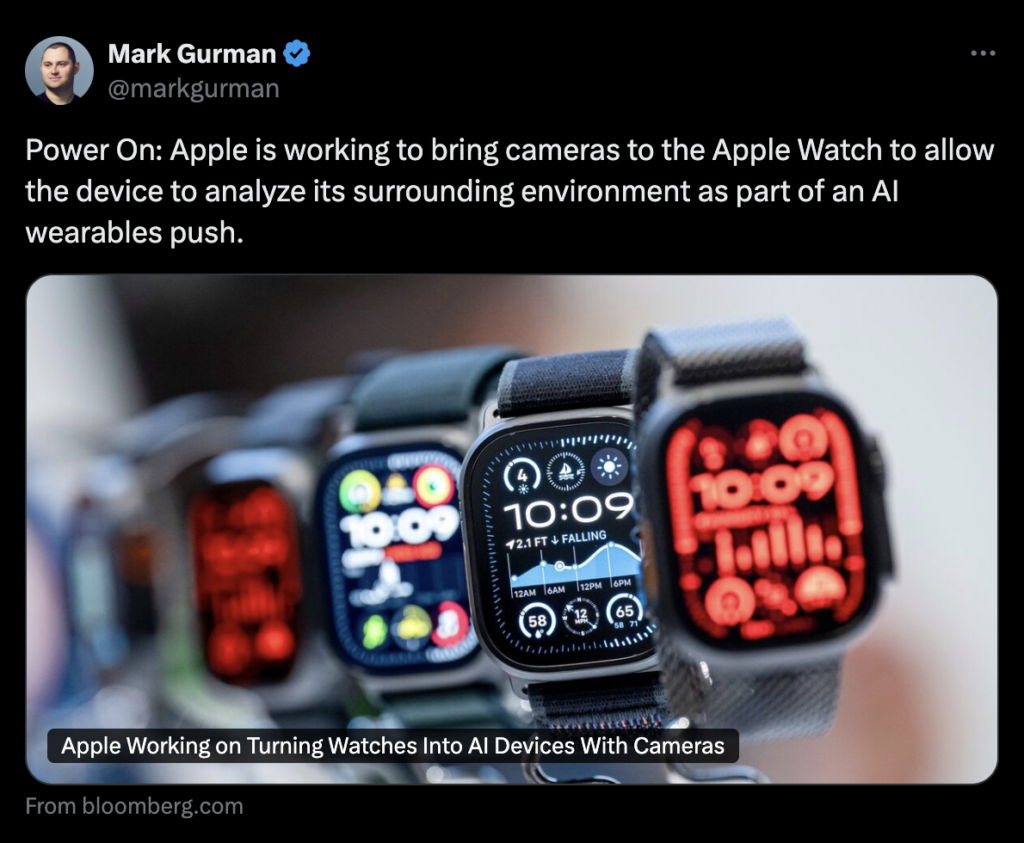
OnePlus may soon launch a smaller smartwatch, rebranding the OPPO Watch X2 Mini for global markets. OPPO Watch X2 Mini will feature a 43mm dial and an 18mm strap, making it noticeably smaller than the OnePlus Watch 3, which has a 47mm case. The OnePlus Watch 3, currently available for pre-order, is essentially a rebranded OPPO Watch X2, with both devices sharing identical hardware and running Wear OS 5.(Android Authority, Twitter)


Samsung Electronics is reportedly developing smart glasses with the goal of releasing them by the end of 2025. It has launched a project called “HAEAN” and is currently in the process of finalizing specific functions and specifications. Unlike head-mounted virtual reality ( VR ) devices that completely cover the eyes, smart glasses are worn in front of the eyes like glasses. Samsung Electronics previously unveiled the head-mounted type “Moohan”. It is a product under development based on the ‘Android XR platform’ with Google and Qualcomm. Qualcomm previously hinted that Samsung’s glasses would be powered by the Snapdragon XR2 Plus Gen 2 chip, the same processor used in the Moohan headset. The glasses might feature a 12Mp camera and a 155mAh battery. (Android Central, ET News, Android Authority)
vivo has shown off its first MR (Mixed Reality) headset Vivo Vision. The front panel integrates many cameras, which are like the “eyes” of the headset, and can accurately capture information about the surrounding environment, bringing users a more realistic and immersive mixed reality experience. At the same time, to reduce the burden on users when wearing and improve the comfort of use, vivo Vision adopts an external battery design. Through the external battery, the headset itself can be lightweight, so that users will not feel overly tired during long-term use.(Android Headlines, Sina, 163.com)
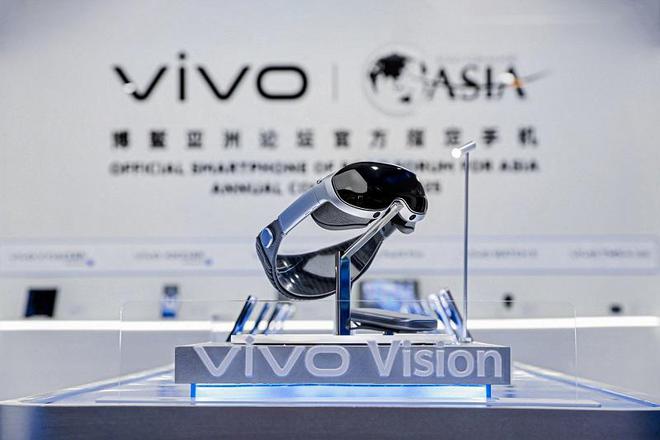

Samsung Electronics Chairman Lee Jae-yong has met with Xiaomi Chief Executive Lei Jun in Beijing, raising speculation about a potential partnership in the electric vehicle (EV) sector. The meeting took place at Xiaomi’s EV manufacturing plant. Lee’s direct engagement with Xiaomi’s Jun signals Samsung’s determination to strengthen its presence in the automotive sector. Meanwhile, “Xiaomi also needs Samsung to enhance its presence in the EV market”. (Android Headlines, KED Global, Sina)
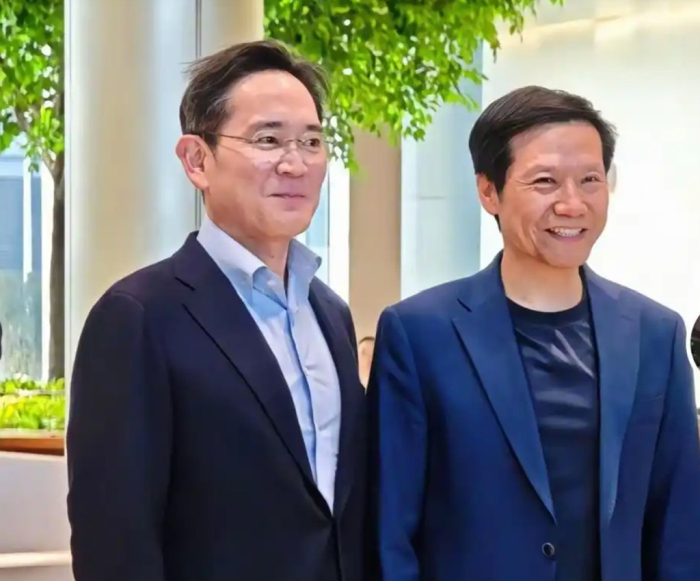

SmartThings, Samsung’s global connected living platform, announces a strengthened partnership with Philips Hue, one of the premier smart home companies specializing in lighting, security, and controls. Philips Hue used the SmartThings Developer Center including the Certification by Similarity program, to easily certify 155 additional products as Works with SmartThings (WWST). This allows seamless connectivity across a wider range of smart home product categories. (Android Headlines, SmartThings)
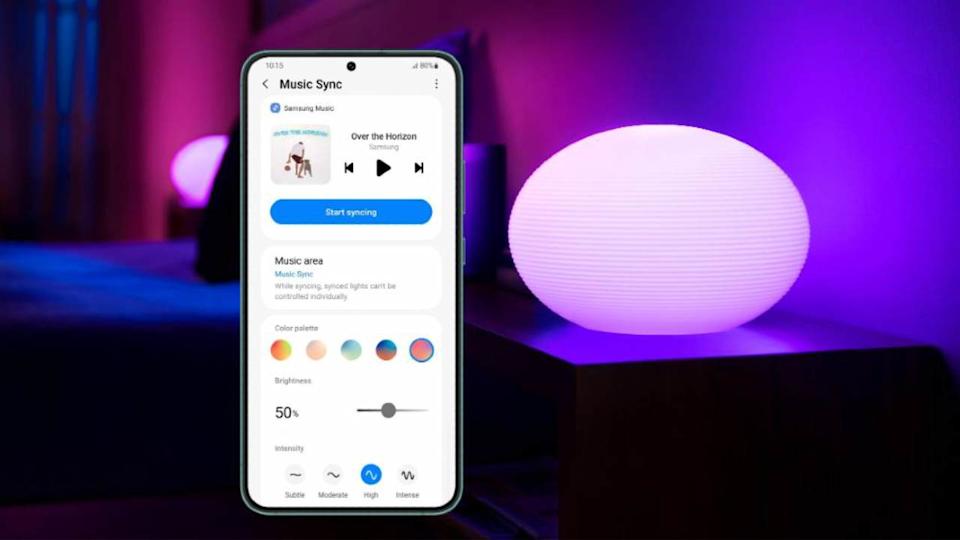
Google has announced it is retiring two of its smart home products in an effort to reorganize its device ecosystem. Nest Protect, a smoke and CO alarm, is the first device to get purged as Google is ending its production. The Wi-Fi-supported smart alarm was launched in 2013 and received a generation update a couple of years later. It differed from traditional smoke alarms through its ability to “detect both slow-smoldering and fast-burning fires, and use voice alerts to clearly announce the location of danger”. Instead of producing its own replacement for the Nest Protect, Google is looking to a partner to fill the gap. First Alert, which is owned by a company called Resideo, is co-launching with Google the new First Alert Smart Smoke & Carbon Monoxide Alarm. Google is also saying goodbye to “Next x Yale Lock” by ending its sales after supplies dry out and partnering with Yale to develop “Yale Smart Lock with Matter”. Nest x Yale Lock from 2018 was one of Google’s early attempts at building smart locks for the home.(Android Authority, Neowin, Google)


Top U.S. tech, defence and energy companies including Boeing and Apple will join a large business mission to Vietnam. The annual mission organised by the US-ASEAN Business Council, an advocacy group, takes place in 2025 as Vietnam is reviewing its duties on U.S. goods, including on liquefied natural gas, agriculture and high-tech products, while U.S. President Donald Trump threatens to impose more tariffs on trading partners. Among them are companies already with large operations in the country, including Apple, Intel, Coca-Cola and Nike, and also corporations that may seek to expand into Vietnam’s booming economy, including Boeing, Amazon and Bell Textron. (Apple Insider, Reuters)
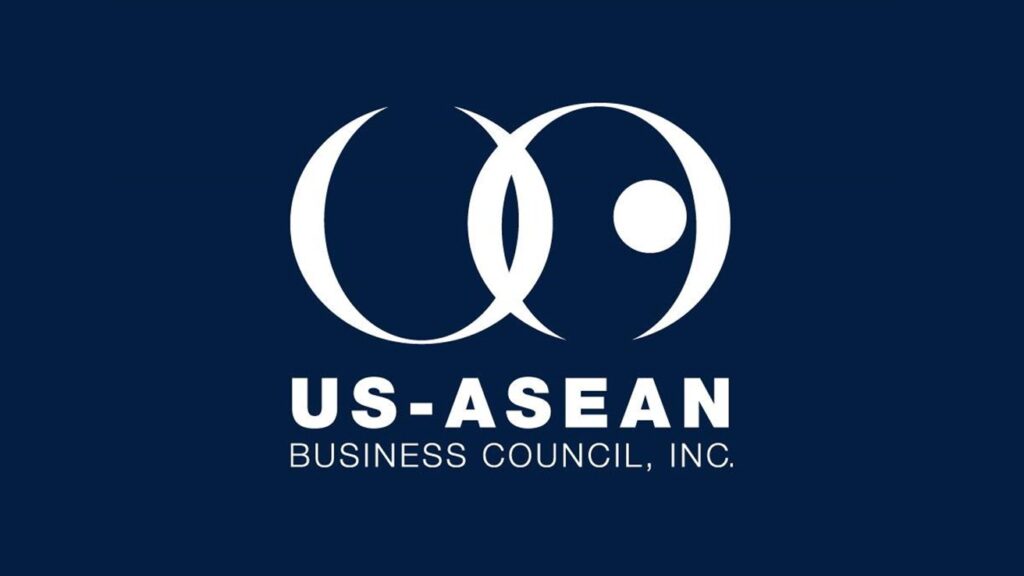
Foxconn CEO Young Liu has broken silence on U.S. President Trump’s tariffs, and is predicting disruption and perhaps an expansion of US manufacturing by big tech in the coming years. He indicated that the issue of tariffs is something that is giving the CEOs of our customers a big headache now. Judging by the attitude and the approach we see the U.S. government taking towards tariffs, it is very, very hard to predict how things will develop over 2026. At the same time, Liu cautioned investors that manufacturing demand might be an issue, as ultimately tariff costs are passed onto the customers by importing companies. Apple will keep Foxconn revenues stable for at least a year, but the matter is complex and fluid. (Apple Insider, Financial Times, CNYES)
